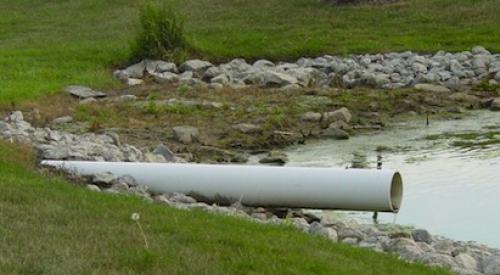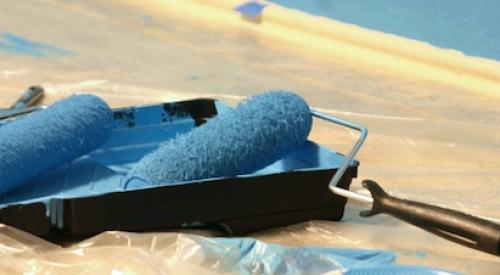Philips Lighting Co. has partnered with the Environmental Protection Agency to get the lead and mercury out of its U.S. manufacturing processes. The company has been recognized by the EPA as the first U.S. corporation to launch a company-wide effort to meet EPA's National Partnership for Environmental Priorities waste minimization standards.
The NPEP encourages public and private organizations to form voluntary partnerships with the EPA to reduce the use or release of any of 31 priority chemicals, including cadmium, lead and mercury.
EPA first approached Philips about reducing chemical waste at its Fairmont, W.V., plant. But Steve McGuire, Philips Lighting Co.'s environmental manager, says the NPEP goals fell in line with existing company initiatives.
"Instead of having one plant here, one plant there, I thought we should join it as a corporation," says McGuire. "Sustainability can't work in bits and pieces."
"As Philips continues to reduce our dependence on both mercury and lead to produce our lighting products," McGuire adds, "we'll be using less of these materials in all our plants and will help prevent higher levels of mercury from entering the environment."
Philips has volunteered to significantly reduce the levels of mercury in the manufacturing of its fluorescent lighting by the end of 2007 and to virtually eliminate all lead in the manufacturing of its lighting products at all of its U.S. plants by 2010.
The EPA estimates Philips' waste reduction commitment will represent 37 percent of the EPA's national chemical reduction goal for 2011 for all businesses and companies reporting priority chemicals.











